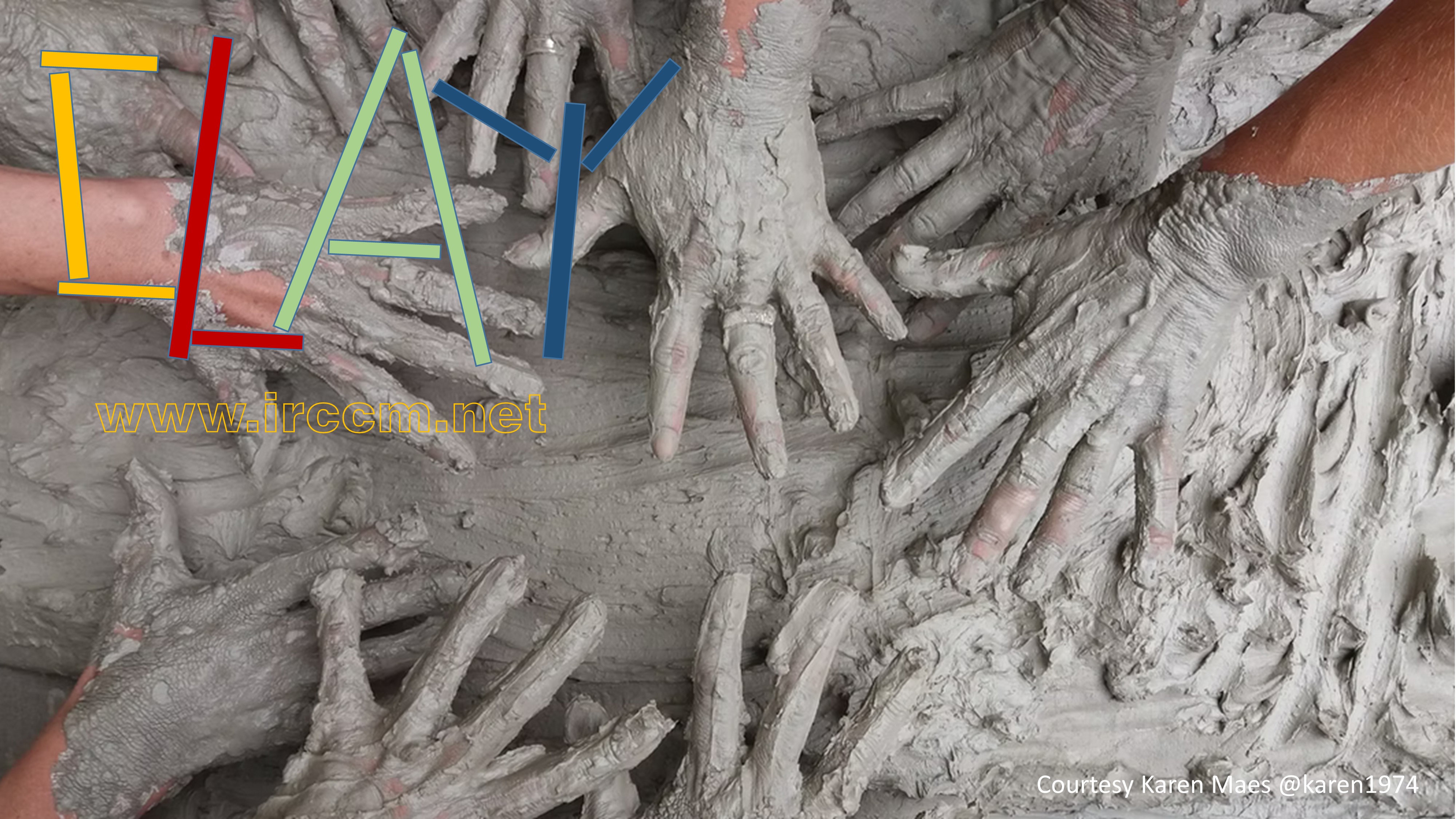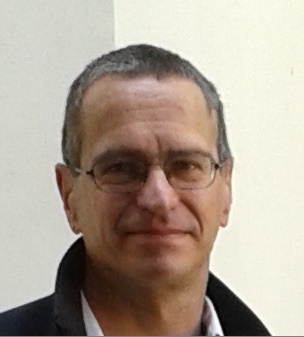- Imprimer
- Partager
- Partager sur Facebook
- Partager sur X
- Partager sur LinkedIn
Séminaire
Le 15 décembre 2021

Clay micromechanics: what we know and what we don’t about clay particle electro-chemical-mechanical interactions
Soil behaviour has been traditionally interpreted and modelled within in the framework of continuum mechanics, which has been and will remain the most convenient approach for geotechnical design. Nonetheless, we do not ignore the particulate nature of soils and often turn towards particle-scale mechanisms to interpret experimental data and/or inform ‘continuum-scale’ constitutive models.
In granular materials, the understanding of particle scale mechanisms has been raised to a quantitative level via XCT observations and DEM modelling. Clay is lagging behind due to the difficulty of observing clay particle interactions ‘in-situ’. The majority of our speculations are based on post-mortem observations of heavily manipulated samples (SEM, MIP).
The development of experimental and numerical micromechanics of clays is strongly linked with the conceptual understanding and quantitative modelling of the clay particle energy-separation relationship. Researchers in soil mechanics tend to assume that DLVO theory provides a robust reference for their conceptual modelling. This is only partially true. DLVO theory is mainly explored for the case of i) infinite, uniformly-charged, and parallel particles and ii) particles driven by kinetic energy (colloidal state). None of these assumptions apply to ‘consolidated’ geotechnical clays. In addition, the distribution and magnitude of electrical charge is far from being understood and this has profound implications on the response of clay assembly to external mechanical loading. This presentation focuses on a number of questions that need to addressed to build the foundations of clay micromechanics.
Date
14h00
Localisation
Laboratoire 3SR - Galilée room 011


The International Research Centre for Clay Micromechanics
- Imprimer
- Partager
- Partager sur Facebook
- Partager sur X
- Partager sur LinkedIn